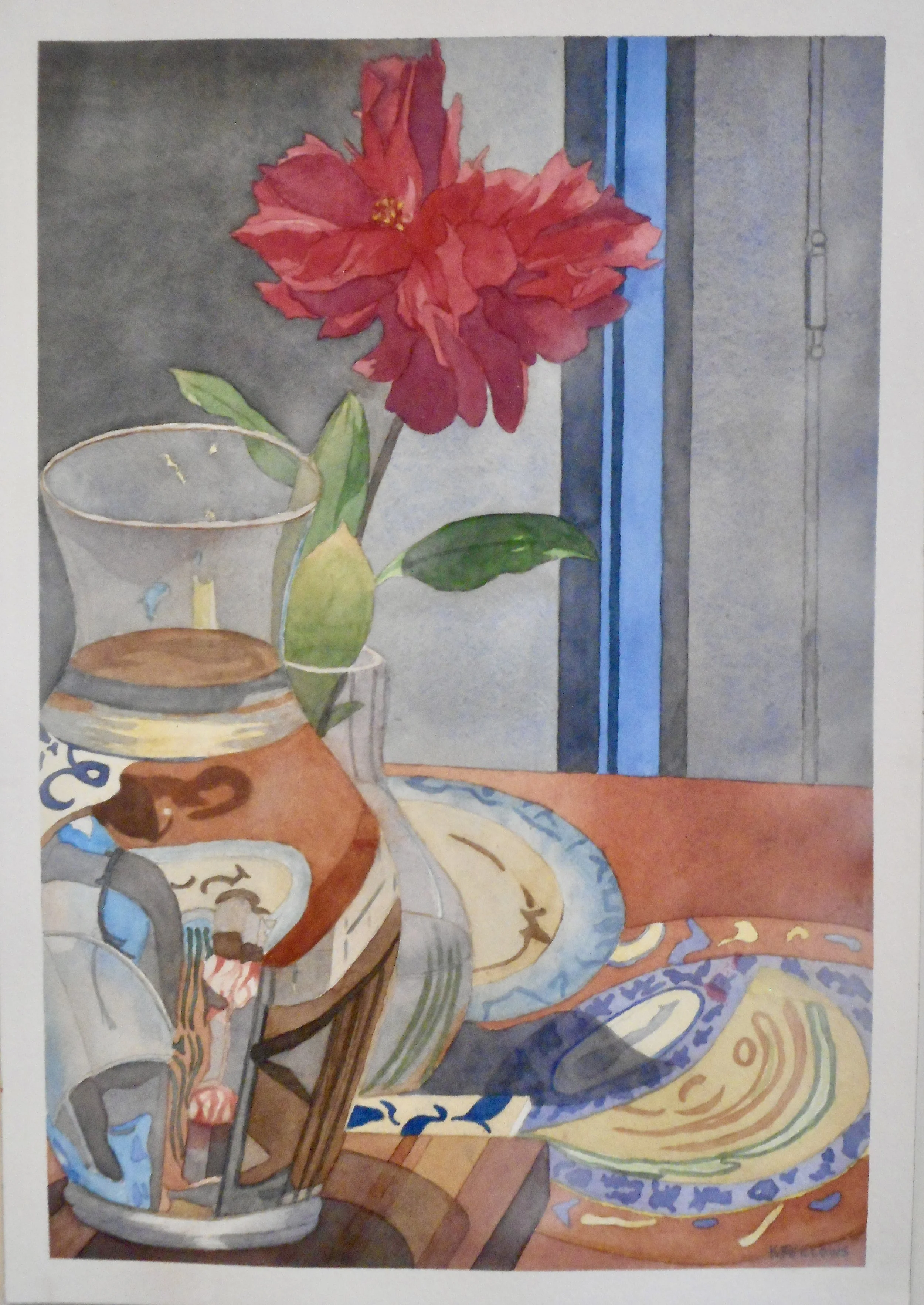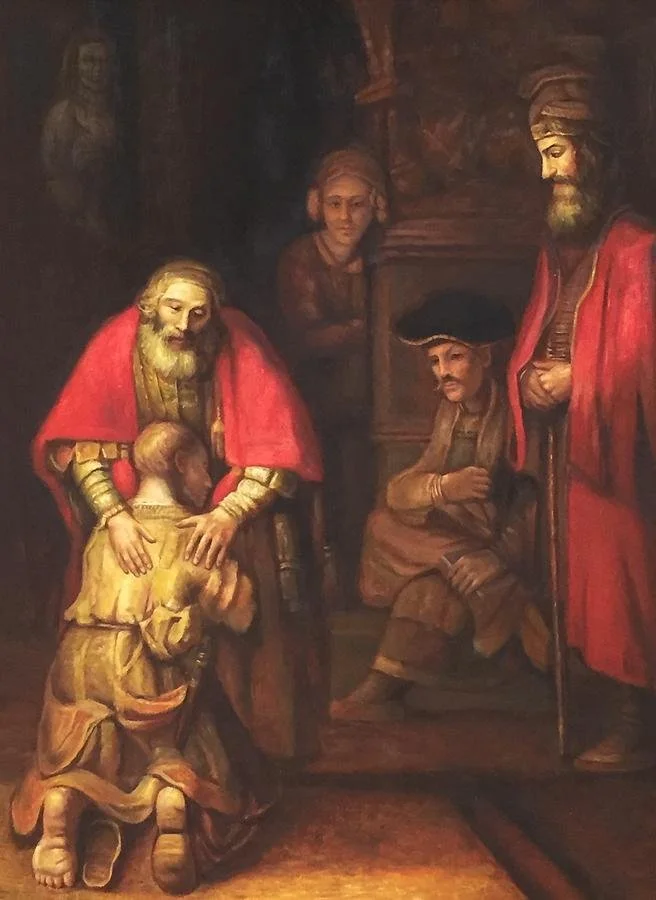Knowing which way to go
And when you turn to the right or when you turn to the left, your ears shall hear a word behind you, saying, “This is the way; walk in it.”— Isaiah 30:21.
fork in the road
How do we hear the voice of God telling us what to do and where to go? There are many options, perhaps more than the stars. The purpose of all our spiritual practices is to position ourselves to hear God’s direction.
Many believe God is the dream maker who speaks to us in the language of dreams at night. However, my experience is that I can only find meaning in a dream group. Looking back on what I thought this dream meant, the answer was obvious, but only other people could see it.
Many discernment processes can help decide the next path. The one I use the most is Ignatian discernment, where we visualize or imagine our lives in one situation and then in the other. Ignatius suggests that we can discern our path by evaluating how we felt after imagining each situation, rather than how we felt while imagining it.
Many use spiritual direction from another person to guide them. The director is there to help the person connect with their inner soul, where answers often come from.
My experience is that the hours just after waking in the morning are often when situations become clearer. So I try to be silent and wait to see if answers come.
This reading from Isaiah also reminds me of Benedict’s direction in the prologue to his Rule: “Listen with the ear of your heart.”
Joanna Seibert https://www.joannaseibert.com/



